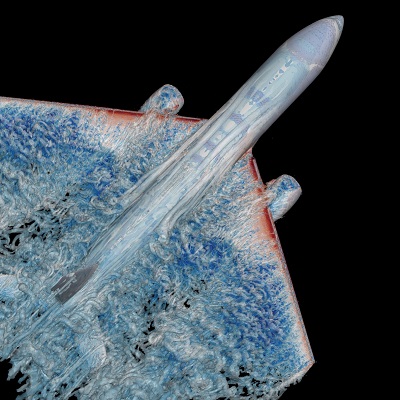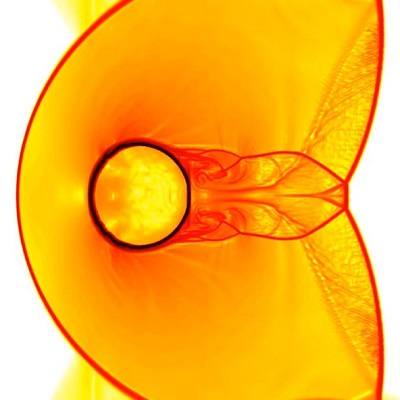The Advanced Numerical Methods (ANM) Group specialises in cutting-edge research and consulting services focused on pioneering methods for computational fluid dynamics (CFD). Through a diverse mix of research council and industry-funded projects, we are dedicated to advancing high-fidelity and computationally efficient CFD techniques for both single- and multi-physics applications. Our world-renowned research aims to address pressing challenges, empowering researchers to expedite their work. With expertise spanning aerospace, automotive and defence sectors, our team collaborates closely with other research groups at Cranfield University and around the globe.
The ANM Group boasts a proven track record in pioneering and implementing cutting-edge methodologies across the entire spectrum of computational fluid dynamics. Our achievements include:
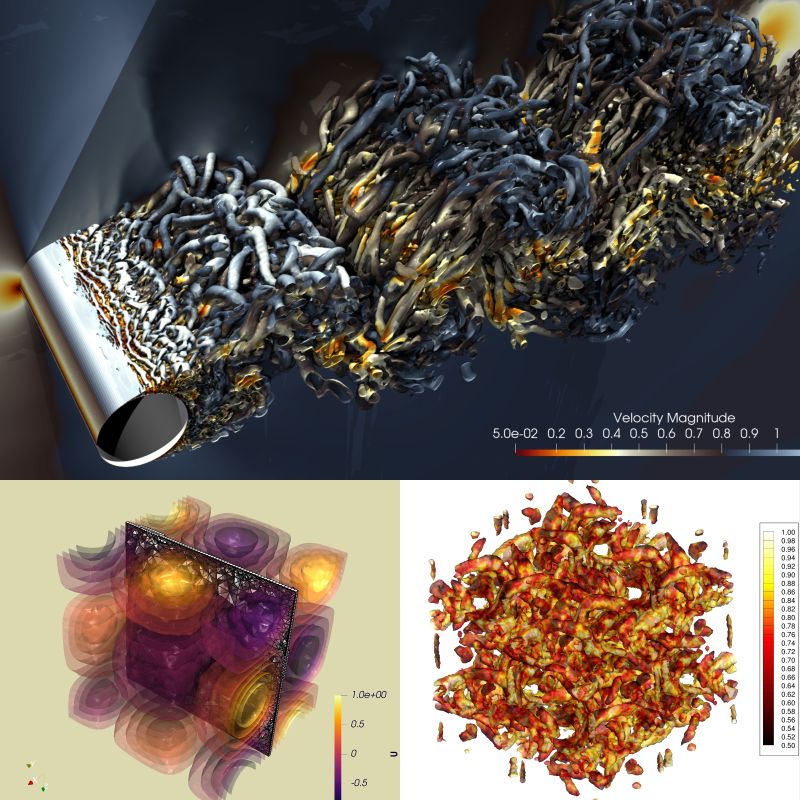
- Turbulence modelling: from fundamental research on canonical turbulent flows to complex industrial-scale applications like full aircraft flow simulations throughout the flight envelope. Our expertise encompasses high-order adaptive dissipation-dispersion algorithms for scale-resolving large eddy simulations (LES) using discontinuous Galerkin and finite-volume methods within the UCNS3D framework.
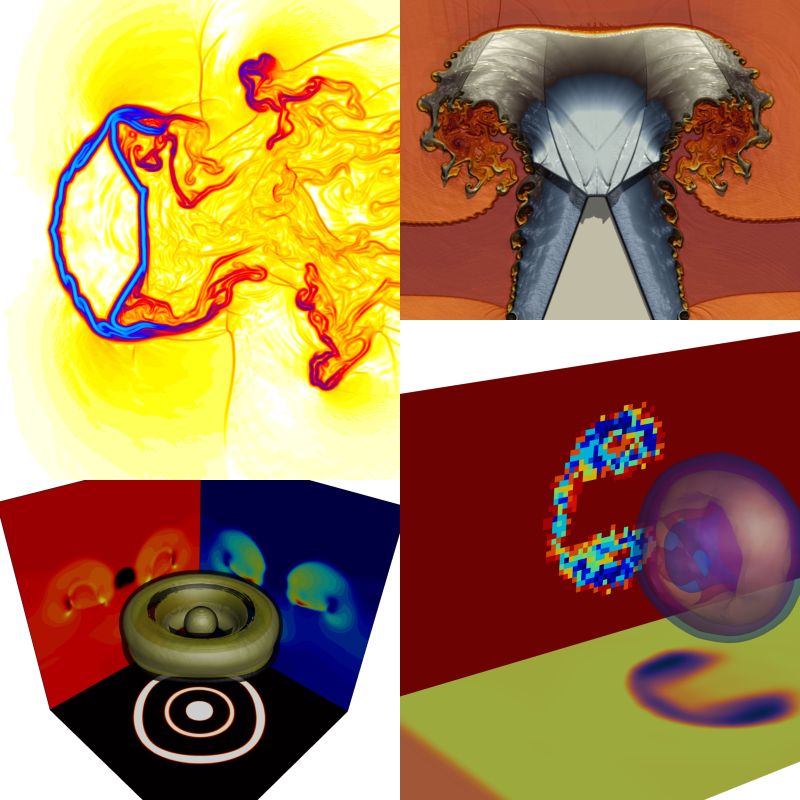
- Multiphysics modelling: we excel in deploying the diffuse interface method within UCNS3D to model the interaction of all four states of matter in a physically consistent manner. Our applications span diverse fields such as underwater explosions, implosions, shock absorbers, nuclear fusion and shock wave lithotripsy.
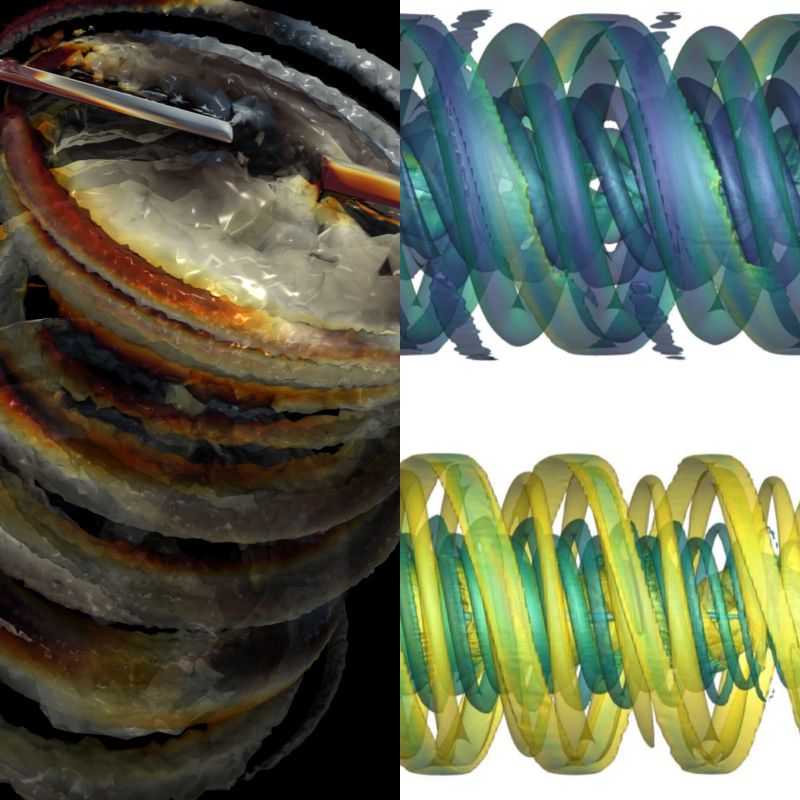
- Rotating geometries: leveraging a straightforward multi-reference framework within UCNS3D for Reynolds-averaged Navier-Stokes (RANS) simulations of rotating geometries, including helicopter rotor blades and their interactions with the ground, as well as wind turbine configurations.
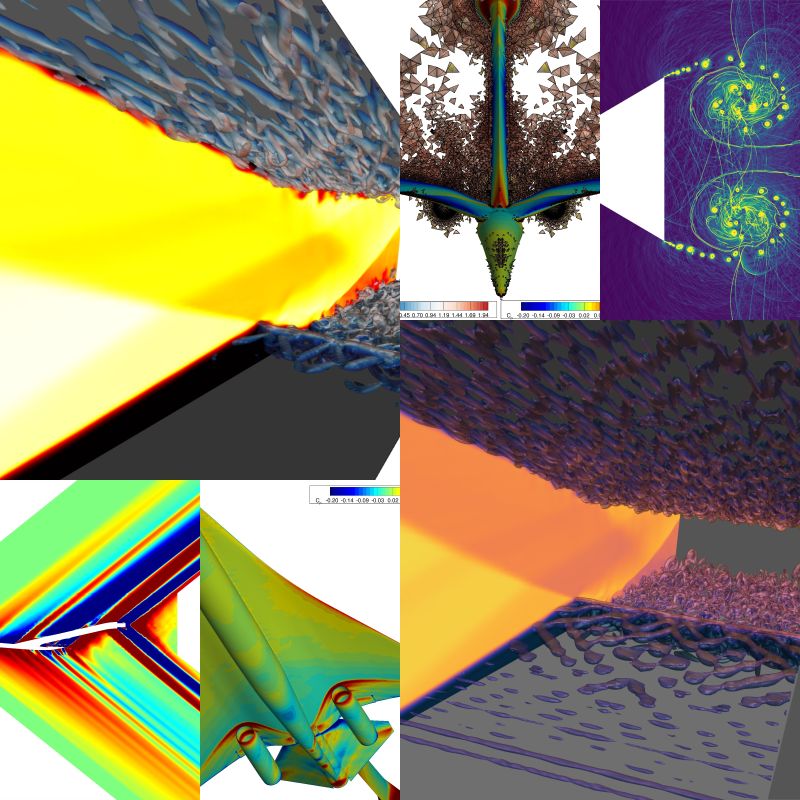
- Super-hypersonics: our expertise extends to employing robust shock-capturing methods and hybridising DG-FV methods for high-Mach number flows within the UCNS3D framework. We apply these techniques to a wide range of problems, including shock-wave boundary layer interactions of canonical geometries, supersonic civil airliners, and hypersonic scramjets.
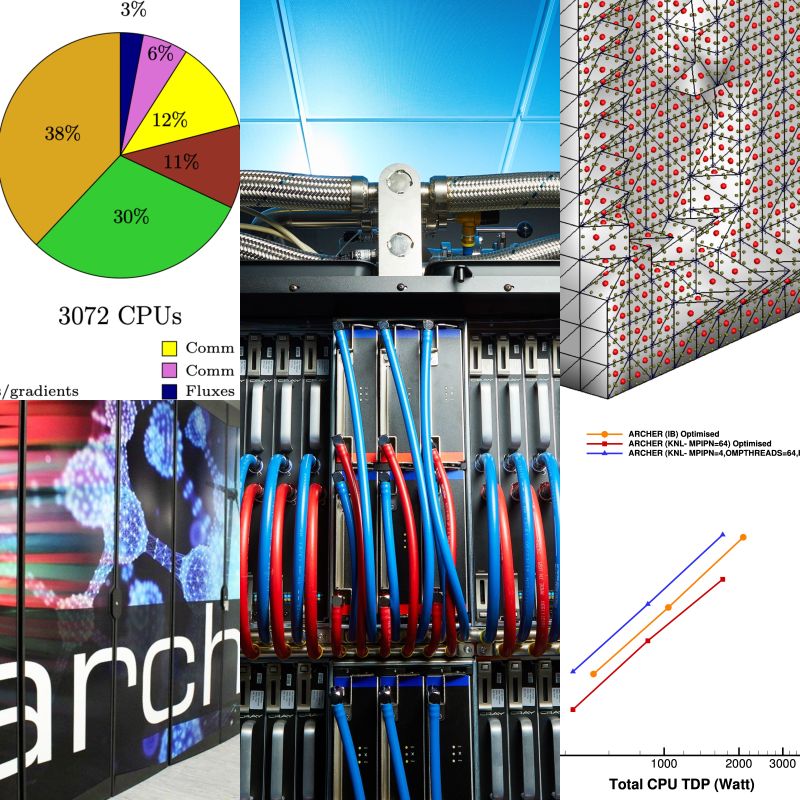
- Exascale computing: we continuously advance methods and software to harness the computing power of the next generation of high-performance computing (HPC). This involves developing methods using non-vendor-specific programming paradigms (such as MPI and OpenMP) for emerging heterogeneous architectures used in Exascale computing, characterised by the symbiosis of multiple components (CPU-GPU-NPU) within a single chipset.
Facilities and resources
Facilities available to the group for both teaching and research include access to a wide range of commercial, in-house and open-source library of tools, for the entire CFD workflow ecosystem, and access to several HPC facilities (Tier0-Tier2). The ANM group has been the home of the flagship open-source CFD software (UCNS3D), fostering collaborations across the spectrum of CFD with academia and industry.








